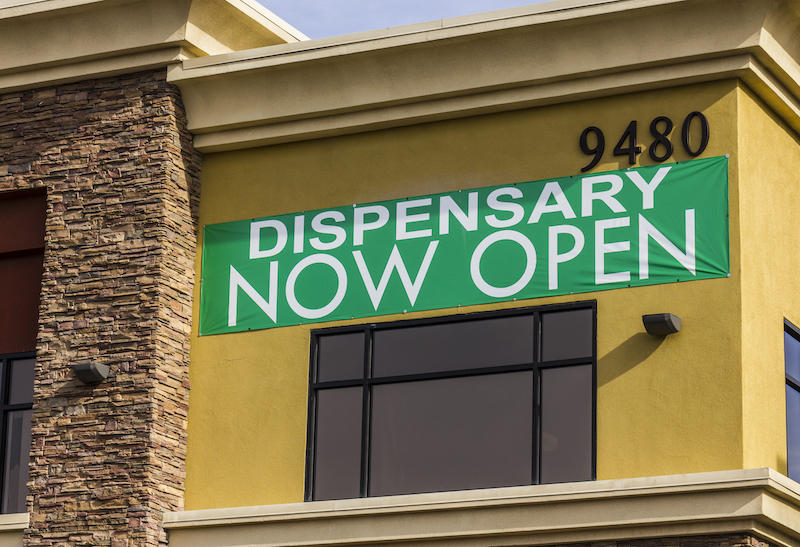A weekly roundup on the latest research and news in addiction, treatment, medicine and science
By William Wagner
November 2, 2020This is a list no state wants to be on. And sorry, New Mexico, you’re No. 1. Recently released data indicates that New Mexico had the highest death rate related to alcohol use during a five-year period. Other topics we highlight include the perils of prescription opioid use among teens, the impact COVID-19 has had on overdoses by blacks in at least one locale, the continued decrease in smoking during the pandemic and a call to action for countering opioids in Hispanic communities.
From U.S. News & World Report:
Bad Alcohol-related News for These 10 States
Using information culled from the Centers for Disease Control and Prevention (CDC), U.S. News & World Report recently published a list of the states that had the highest death rates attributable to drinking from 2011 to 2015. The top state was New Mexico, with a death rate of 53.1 per 100,000 people. Rounding out the top 10 were Montana, Arizona, Oklahoma, West Virginia, Nevada, Oregon, Kentucky, Louisiana and Colorado.
The top state was New Mexico, with a death rate of 53.1 per 100,000 people. Rounding out the top 10 were Montana, Arizona, Oklahoma, West Virginia, Nevada, Oregon, Kentucky, Louisiana and Colorado.”
From the Journal of Addiction Medicine:
The Dangers of Prescription Opioids for Teens
Consider this to be a warning to today’s teens. In a report out of the University of Michigan, one-third of participants who revealed they had used prescription opioids without medical reasons as high school seniors between 1997 and 2000 went on to take heroin by age 35. The findings, write the study’s authors, “reinforce the critical role of vigilant monitoring and drug screening to detect high-risk individuals who would benefit from an intervention to reduce later heroin use.”
From the JAMA Network:
Racial Disparities in COVID-era Overdoses
Research shows that blacks have been hit disproportionately hard by coronavirus infections. Turns out they’ve also been hit disproportionately hard by opioid overdoses during the pandemic. In a study approved the Virginia Commonwealth University institutional review board, researchers probed an emergency room in urban Virginia to determine the nature of nonfatal opioid overdoses during the early months of the pandemic. They compared opioid OD numbers in the emergency room from March to June 2019 to those from the same period in 2020. Overall nonfatal overdoses climbed from 2019 to 2020, and blacks bore the brunt of the damage. The study’s authors write that a “greater number of visits for opioid overdoses was observed in the first 4 months of the COVID-19 pandemic, and Black patients made up a relatively larger proportion of opioid overdose visits compared with the previous year.” More research is needed, the authors note, to validate and shed light on the study’s findings.
From the Substance Abuse and Mental Health Services Administration (SAMHSA):
Hispanics and the Opioid Crisis
SAMHSA is out with a comprehensive look at the toll opioids are taking on the U.S. Hispanic population. Titled “The Opioid Crisis and the Hispanic/Latino Population: An Urgent Issue,” the document emphasizes the importance of stemming opioid use among a demographic that is one of the fastest growing in the United States. It goes on to outline various strategies for doing so, including community-based initiatives.
From Yle Uutiset:
More Decreases in Smoking
If there’s a silver lining to the COVID-19 pandemic, it’s been a drop in smoking in country after country. Add Finland to the list. As reported by the Finnish news source Yle Uutiset, 15% of the respondents in a survey undertaken by the tobacco policy group ASH Finland had kicked the habit during the pandemic. As with other nations, people are quitting because of fears that smoking will weaken their body’s ability to fight off the virus.
Photo: Joonyeop Baek














